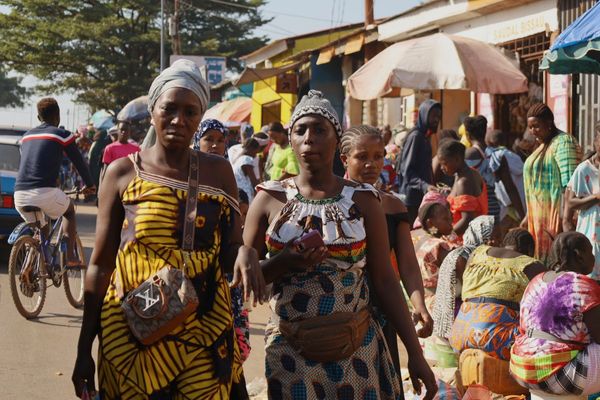
Animal welfare advocates are calling for a moratorium on commercial and recreational shooting of wildlife affected by the devastating Murray-Darling floods.
Wildlife Victoria has called for the “immediate cessation” of the Victorian government’s kangaroo harvesting program and a moratorium on the annual duck hunting season, which usually begins in March.
Similar calls have been made in New South Wales and South Australia, with RSPCA SA urging the state government to cancel the 2023 duck hunting season amid fears the flooding in the lower Murray will exacerbate declining native duck numbers.
The Animal Justice party (AJP) in NSW has similarly called for an immediate moratorium on kangaroo shooting until the impact of the floods on kangaroo populations has been quantified.
All argue the 2023 quotas for kangaroo harvesting, which have increased from the 2022 quota in all three states, were based on surveys conducted before the floods and therefore need to be reassessed.
The kangaroo harvest quota for Victoria increased by 27% following aerial surveys in September and October that the Department of Energy, Environment and Climate Action said showed a 24% increase in the total population of grey kangaroos.

Wildlife Victoria said eastern grey kangaroos, which make up the majority of those targeted in both commercial harvesting and wildlife control permits in Victoria, were the most affected species in the October-November floods and accounted for up 45% of calls to the wildlife emergency service.
“We have just experienced here in Victoria a natural disaster of significant scale, followed not that long ago by devastating bushfires in 2019 and 2020,” Wildlife Victoria’s chief executive, Lisa Palma, said.
“Wildlife Victoria finds it appalling and staggering that despite the scale of the natural disaster we’ve just experienced, when we know there have been thousands of kangaroos impacted, that there’s been a 27% increase in the quota for kangaroo harvesting.”
The organisation is also calling for an inquiry into the methodology utilised by the state government to estimate kangaroo populations which determine the harvesting quotas.
“Now is the opportunity for the government to show some leadership on protecting and preserving our Victorian wildlife and the interests of the community at large,” Palma said.
Scientists from the Arthur Rylah Institute, a biodiversity research organisation within the Victorian government, have acknowledged the localised effects of flooding on wildlife but said there is no evidence of significant impacts on the statewide kangaroo population.
A spokesperson for the Victorian environment department said they will monitor kangaroo numbers and will change the quota if necessary.
“The maximum kangaroo harvest figure has increased to reflect a significant increase in the kangaroo population,” they said, adding that the population figure used to determine the quota was a “conservative estimate”.
In South Australia, the 2023 quota for kangaroo harvesting is 576,300 – 39% higher than in 2022.
The conservation and wildlife director at the SA Department for Environment and Water, Lisien Loan, said 12 to 18 months of high rainfall had resulted in “a substantial 1.1 million increase” in the kangaroo population, which put the 2022 population survey estimate at 3.8 million.
“Given that scale, there are currently no plans to limit permits for commercial harvest of kangaroos, or for individual land holders to manage animals on their properties,” Loan said.
He said 3,900 native animals were euthanised in SA during the floods, most of which were kangaroos, but that was “a very small percentage of the total population”.
The AJP, which opposes kangaroo harvesting and has questioned both the methodology of population surveys and the scientific justification for controlling numbers, said the ongoing killing of wildlife across flood-ravaged regions in NSW was a “national disgrace”.
“These are unprecedented floods and we don’t know what the losses are but they’re big,” said Greg Keightley, an AJP member and wildlife carer. “So why would the government not apply the precautionary principle here?”
The NSW harvesting quota for 2023 is 1,850,228 kangaroos, a 9% increase. The NSW Department of Planning and Environment said its quotas were set “utilising the best available science”.
“Commercial harvest quotas in these areas change as kangaroo populations fluctuate in response to changing climate conditions,” a spokesperson said.







